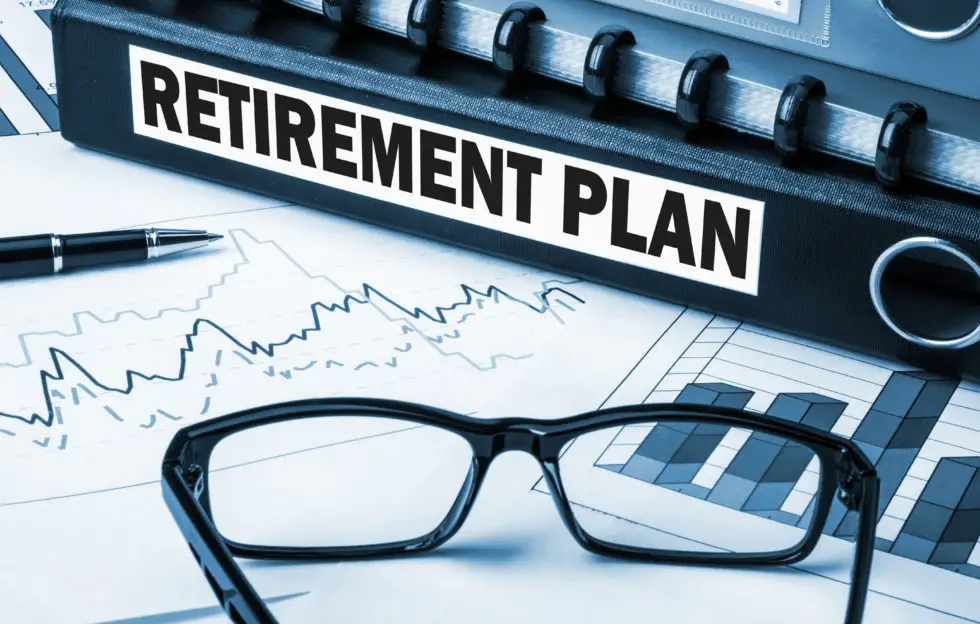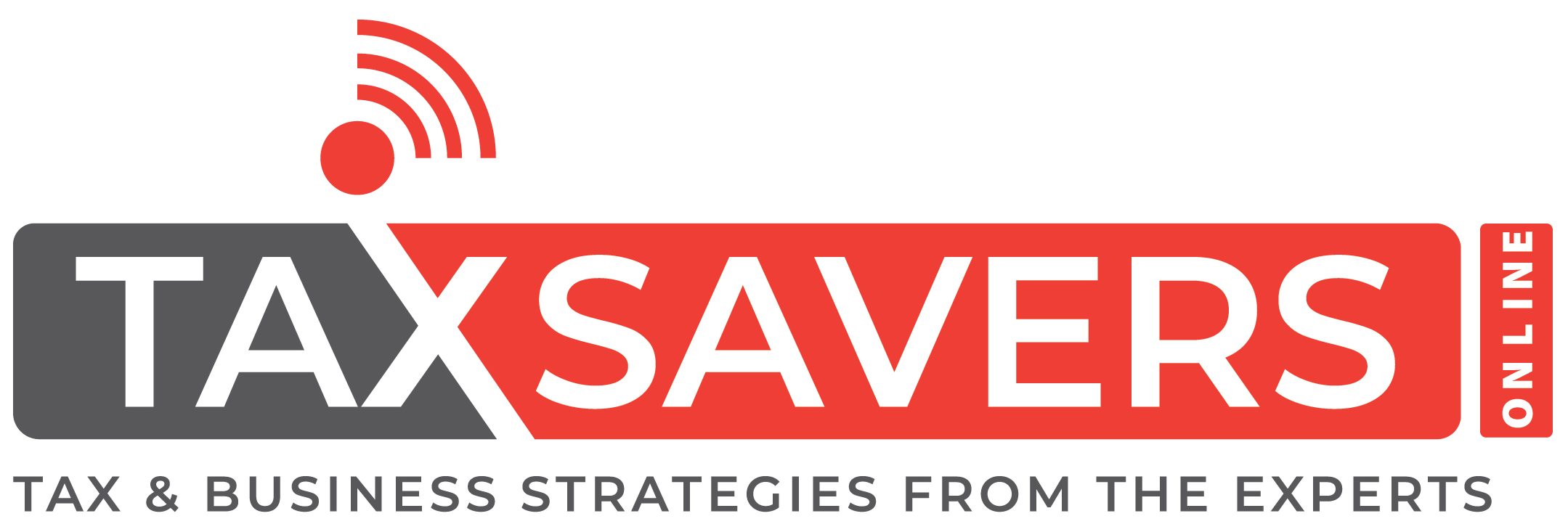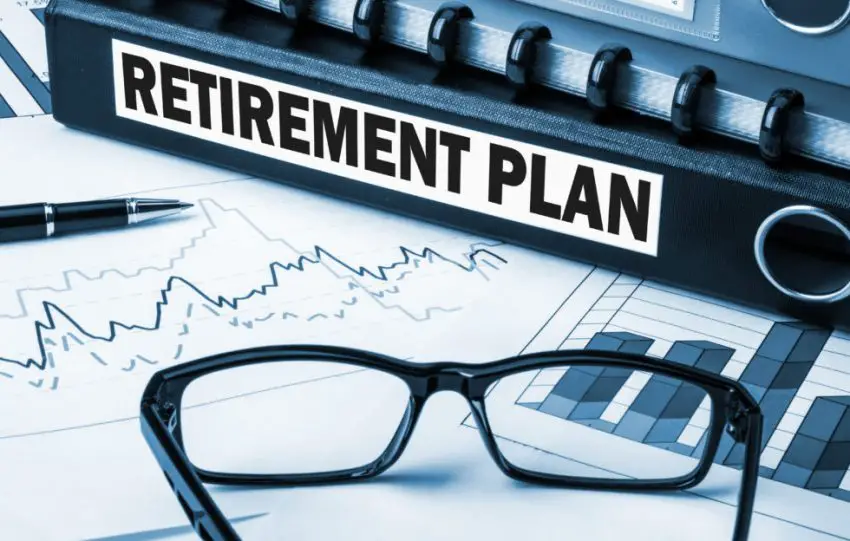
It’s never too early to start planning for your retirement. You need to make sure that you’re setting money aside to last you about thirty years or more. Below is the list of 7 of the Best Retirement Plans Out there.
- IRA
- 401(K)
- 403(B)
- Defined Benefit Plan
- Solo 401(K)
- Simple IRA
- Pensions
But what are good retirement plans? How do you collect social security? How much taxes should you take out of your retirement funds when you retire?
These are all excellent questions that you should be asking yourself as early in life as possible. However, it’s also never too late to start planning for retirement if you haven’t already.
Read on to learn about 7 of the best retirement plans available right now.
Contents
IRA
IRA stands for Individual Retirement Account. The employer should open this account for their workers. You should get some control over how much you put into your IRA.
You can think of these accounts as similar to savings accounts. You put money into it, which the bank then invests. Then you get a share of the profits earned so your money grows based on how much you have in savings.
Depending on your tax filing status, you might even get a tax deduction based on how much you contributed to your IRA. This allows you to keep even more of your money for retirement.
There are two main differences between a savings account and an IRA. The first is that a savings account is taxed and an IRA comes with large tax breaks. The second is that the money in a savings account can move almost any time while an IRA shouldn’t move until you retire.
This is a good option for anyone who doesn’t get a retirement plan through work or can set more money aside for their retirement.
401(K)
A 401(K) is usually provided by an employer. Before they take taxes out of payroll, they’ll put a portion of your paycheck into your 401(K) account. You should get to decide how much of your money is going into this account.
At this point, this account works similarly to an IRA. The bank will take your funds and invest them so that your money grows just by being in the account. This money then grows tax-free until you retire.
The main difference is that this money is taxed when you remove it from the account.
However, contribution limits on 401(K) accounts are higher than those of an IRA. This means that your growth potential is even higher.
The investment options are extremely broad when you have a 401(K). You can put these into stocks, bonds, exchange-traded funds (ETFs), and mutual funds. All of these work together to increase your monetary gain as much as possible before you retire.
Also, many employers offer to match your contributions into your 401(K). This means free money from your employer when you finally retire. That gives you more leeway to enjoy retirement.
403(B)
Those who work for non-profit organizations don’t usually make as much money as other traditional employees. But that doesn’t mean that they don’t need a good retirement plan as well.
You’re much more likely to have a 403(B) account if you work for a non-profit organization. This means employers like schools, churches, hospitals, and charities all might offer their employees this kind of retirement plan.
A 403(B) is very similar to a 401(K). You put money in before payroll taxes, and then the money grows tax-free. They even have similar contribution limits.
The main difference between a 403(B) and a 401(K) is the investment options. A 401(K) can be invested into almost anything, but a 403(B) can only be invested into annuities or mutual funds.
The good news is that there’s no reason why you shouldn’t earn just as much from a 403(B) as you would from a 401(K). Both allow your money to grow tax-free and become a usable fund once you retire.
Defined Benefit Plan
A defined benefit plan is a sort of combination of a 401(K) and a pension plan. They cost a bit more to use than other retirement plans and have a lot more rules associated with them. However, this does not mean that they aren’t worth getting.
Defined benefit plans are employer contribution only. In this case, as an employee, you may not get much say over how much goes into this account.
They can only contribute to these accounts annually. These contributions are determined by several factors such as current age, retirement age, and income level. However, because you can only contribute to them annually, it’s best to put a large sum in at once.
This can be difficult for large employers with a lot of employees to manage. This is why it’s more common for defined benefit plans to be for small business owners or people who are self-employed.
Defined benefit plans are best for people with few to no employees that can contribute about $80,000 total annually. For this reason, they aren’t the most popular retirement plan. However, these contributions are completely tax-deductible, so you and your employees can save even more money for retirement.
Solo 401(K)
Another option for those who are self-employed is a solo 401(K) or individual 401(K). These are very much like a normal 401(K), but they’re for people who have no employees. The only exception to this rule is spouses who work a business together.
These accounts allow you to save money for retirement both as an employer and as an employee. This means that you can contribute an extra twenty-five percent compared to a regular 401(K). This allows you to save a little extra for retirement compared to those with a traditional 401(K).
The only caveat to this is the amount of administration involved. These accounts come with set-up charges as well as annual fees. This makes them more expensive than most other retirement plans.
Then you need to be sure that your contributions don’t exceed a certain amount. Otherwise, you’ll have to file taxes separately for your solo 401(K).
Simple IRA
A simple IRA is very similar to a regular IRA. The main difference is that these can be set up either by an employer or by those who are self-employed.
Once again, the money is put into an account before payroll taxes. This money then grows tax-free until you retire. You also get to decide how much you contribute to your IRA up to a certain limit.
These plans require the employer to match your contributions. In some cases, they are required to make contributions whether you contributed to it or not. This means that no matter what you’re contributing to your simple IRA, you’ll still be getting extra money for retirement from your employer.
The contribution limits are much lower on a simple IRA than a 401(K). However, they may also be slightly higher than a regular IRA.
These plans are generally used by small employers. They’re much easier to manage since they don’t require a lot of administration or fees as other plans might. Plus they still give you a fair amount of retirement savings for when you’re ready to stop working.
All you have to do is continue contributing to your account and watch your money grow.
Pensions
This is one that’s starting to become less and less popular. In the past, most workers would stay with the same employer for decades if not their entire lives. In return, a pension was the reward for many years of dedicated work.
In short, this is a guaranteed monthly income. It is paid to the employee starting when they retire until their death. Essentially, you were still being paid after retiring from work.
In many cases, this was enough money to keep yourself comfortable in your old age. This has become more expensive and riskier than other retirement plans for employers. That’s why this is almost a thing of the past now.
But there were a lot of benefits for employees who had one. This was guaranteed money into their retirement. It wasn’t affected by the stock market or any other kind of investment.
This meant that you knew exactly how much money was coming to you and your family every month for about twenty years or more. There was no investment risk for employees. The pension plan provider would accept the bulk of that risk.
So if your employer is one of the few that still offers pensions, then you may have just won the retirement lottery.
Find the Right Retirement Plans for You and Your Employees Today
There is no better time than the present to find the perfect retirement plans for you and your employees. These are The 7 Best Retirement Plans Out There. There are different versions of each plan and each plan may not be the best fit for each taxpayer. Hence we recommend you seek advice of your CFP or CPA to see which one is the best choice for you.
But while you’re saving for retirement, you also want to be saving on taxes so you can keep as much of your retirement savings as possible. And TaxSaversOnline has all of the latest tax and retirement advice for you right now.
Learn More
Roth IRA Conversion: Pros and Cons
10 Golden Rules If You Want to Retire Rich
Tax Deferred Retirement Plans Ultimate Guide
Tax Free Retirement Account (TFRA): What Is It and How Does It Work?
SEP IRA: A Comprehensive Guide
Self Employment Taxes vs Regular Income Taxes






7 thoughts on “The 7 Best Retirement Plans Out There”